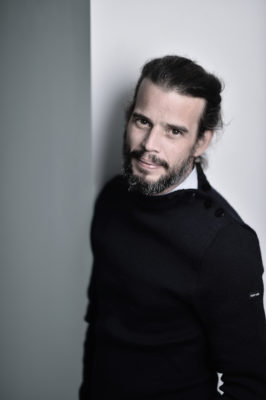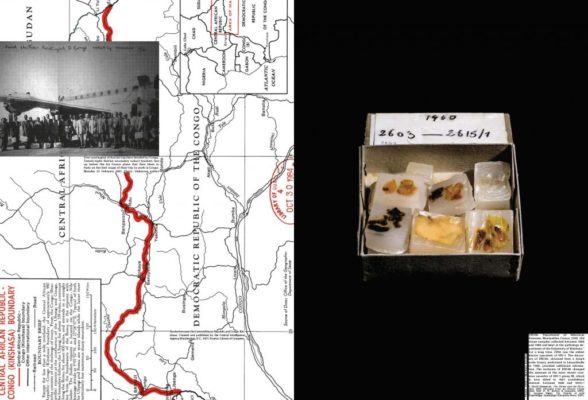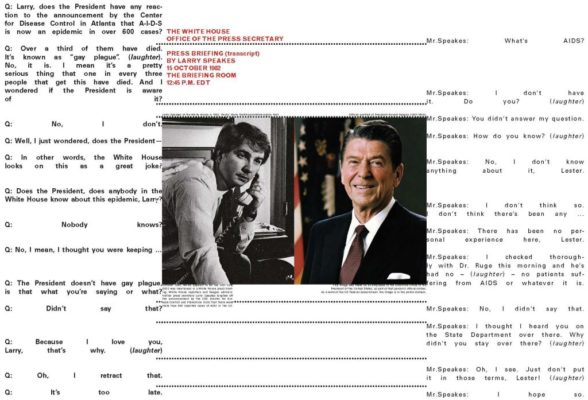Mathieu Asselin
Mathieu Asselin began his career working on film productions in Caracas, but honed his documentary photography style in the United States. He holds a master’s degree from the Ecole Nationale Supérieure de la Photographie in Arles, France. His main interest lies with long-term documentary projects.
To construct his multi-layered stories, Mathieu Asselin incorporates different types of documents and archive materials – press excerpts, verdicts, videos, films, and testimonies – focusing on facts or dates that dramatically illustrate his work. Asselin’s work has featured in magazines worldwide, and has been exhibited in Les Rencontre d’Arles in France, London’s Photographers’ Gallery, the Fotomuseum Antwerp in Belgium, the European Parliament in Strasbourg, the Athens Photo Festival and the BredaPhoto Festival, among others.
In 2014 he was selected for Plat(t)form at Fotomuseum Winterthur and as an artist in residence with Imagine Science Films in New York. In 2016, he won the first prize for the Dummy Award during the Fotobook Festival in Kassel, and a special mention at the Luma Rencontres Dummy Book Award in Arles. His project Monsanto: A Photographic Investigation has been awarded first prize for the Aperture Foundation PhotoBook Award (2017) and shortlisted for the Deutsche Börse Photography Foundation Prize (2018). Monsanto has been scheduled for major exhibitions across Europe in 2018-2019.
Project
VIH Timeline
Mathieu Asselin sets out to give a photographic account of the history of the HIV/AIDS epidemic, not just snatches of it, but on a global scale. He aims to trace a timeline that will follow the virus’ journey from ground zero to antiretroviral treatments via the struggles of those affected by the disease. The author is currently working on HIV’s transfers and mutations, but also on the representations and combats it has given rise to and that have profoundly marked contemporary history.
“The account of recent decades (at the turn of the 20th and 21th centuries) cannot be told without including the history of the human immunodeficiency virus HIV. It’s a story, we don’t fully understand: for a long time, the tales that reached us were fuelled by fear rather that the product of facts.
With this project, I want to show this story by following the virus’ journey – its migrations and mutations, the traces and shreds it has left and both the movements that shaped it and those it gave rise to.
The unprecedented mobilization of the scientific community lays the foundations stones for this journey, from the discovery of the virus to the latest antiretroviral treatments.
Then, the history of HIV also involves fierce debates, as well as the political and religious influence over the representations of the disease, and the struggles that it led to. Leaping into the pages of history, the pandemic fall within the scope of a global scientific, social, political and human history.
To follow the virus’ journey, this project traces a timeline, pursuing it: going back through its history also means comprehending to what extent the combats it has given rise to are also a race against time. The Congo’s independence, ground zero in south-east Cameroon, the saunas of San Francisco’s gay community, and the Berlin Patient : as many milestones, stories and fragments of history, chronological sequences to try to encompass and give shape to this story.
The epidemic, by its scope and permanence, has aroused unprecedented debate, social movements, disputes and protests, individual rights and collective responses that have shaped the relationships at the heart of our societies for the last fifty years.
And yet we only hear snatches of the narrative. The aim here is to tell the whole story, to understand it as part of our contemporary history and our common memory: as part our collective present. And to tell it photographically, adopting this new scale.
After two years of research, (thanks to the help of Center for Tropical Diseases in Montpellier, French National Archival in Paris), I am currently producing the first chapter, The Spill, S to H. This preliminary documentation will take me to new geographical horizons, to become a photographic account: the virus’ journey, its crossing, its transfers and mutations, the representations, the struggles and the spectacular mobilizations that make this disease both the most destructive and the most constructive epidemic of our contemporary history.”






